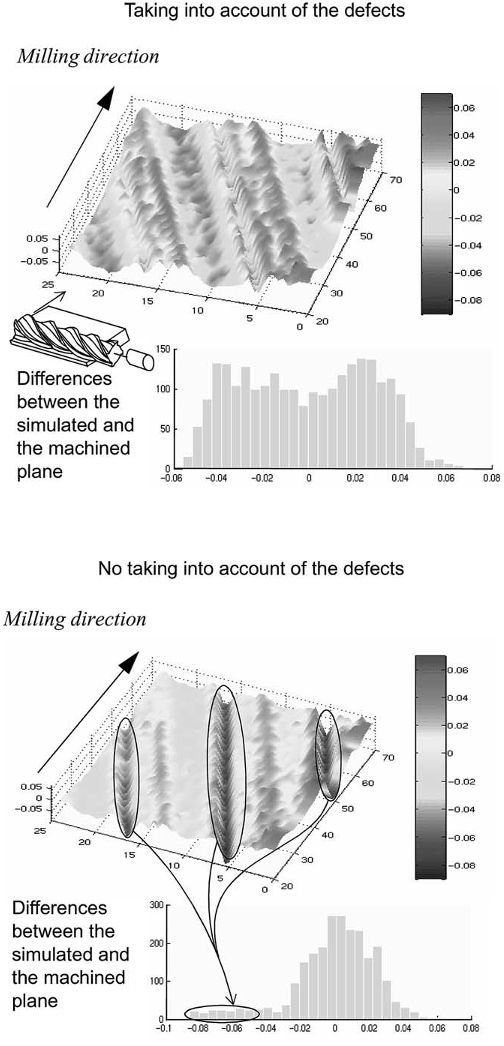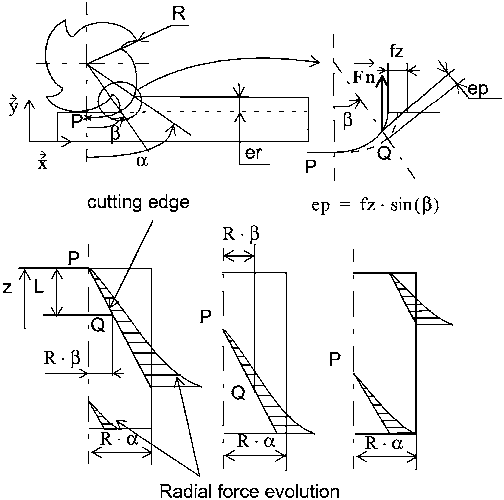




Did you find this useful? Give us your feedback



















131 citations
...Kline et al. [1] proposed a calibration model of the cutting force coefficients using the average cutting forces measured whereas Larue and Anselmetti [2] developed a numerical cylindrical end milling force model using the cutter deflection measured....
[...]
...[1] proposed a calibration model of the cutting force coefficients using the average cutting forces measured whereas Larue and Anselmetti [2] developed a numerical cylindrical end milling force model using the cutter deflection measured....
[...]
115 citations
97 citations
...Kline [6], Larue [7], Budak [8], Shirase [9], Ryu [10] and Paksiri [11] used the cutter deflection to predict the surface dimensional errors whereas Ratchev et al. [5,12,13] used the workpiece deflections to calculate surface dimensional error of milled flexible component....
[...]
...Kline [6], Larue [7], Budak [8], Shirase [9], Ryu [10] and Paksiri [11] used the cutter deflection to predict the surface dimensional errors whereas Ratchev et al....
[...]
92 citations
84 citations
1,632 citations
640 citations
477 citations
218 citations
215 citations
The geometrical variations of the machined surface are mainly due to the plain milling cutter deformation in the normal plane to the surface.
In order to isolate the influence of the tool deflection on the part defect, the tool end is left free to avoid the disturbances caused by a parasitic friction of the tool end.
The measurement of the force is difficult in an industrial cycle, because it requires the maintainance of a cutting force turntable, its central processing unit and a very qualified technician.
In order to determine the pressure coefficients, the authors use a method of least squares which minimizes the sum of the squared differences between the deformation measured and the one calculated theoretically thanks to the model previously described, for each point of the grid which is posed on the surface to machine.
The numerous existing force models can be classified into two modeling levels: ‘microscopic modelisation’ studies the interaction between the tool and the workpiece material by using thermomechanical behavior lawsand ‘global modelisation’ considers the force resulting from the contact between the tool and the part along the cutting edges in catch.
To quantify the spindle deformation, a force of the same order of magnitude (maximum 150 N) as the current cutting force is applied on a very rigid test holder, using a dynamometric ring.
Flank milling of free surfaces traditionally implies the generation of machining tool paths that will ensure an optimal laying of the presumed rigid tool on the surface∗
The identification procedure of a tool workpiece couple proposed in this article is a procedure which takes the industrial constraints of time and cost into account.
The deviation of the spindle axis on the level of the tool end is about 6 µm, which is negligible compared to the observed variations on the part.
In flank milling with long tools, the geometrical errors generated by the tool deflection during the cutting process can be very significant.
The authors thus obtain a 2p.tmaxi /h.The entrance point of a cutting edge in the workpiece material is also calculated by intersection between the parametric curve previously defined and the sides of the workpiece faces.